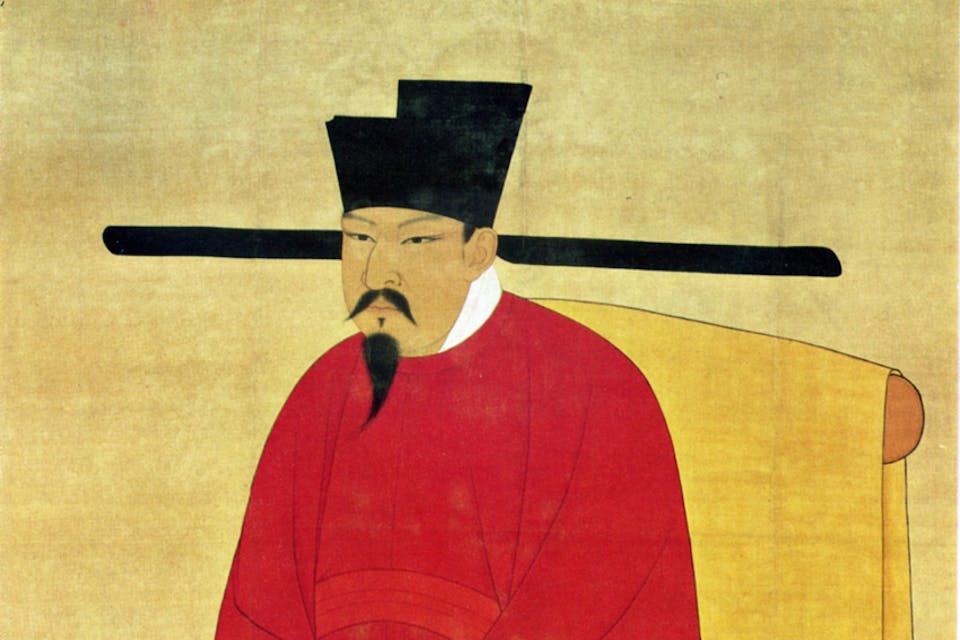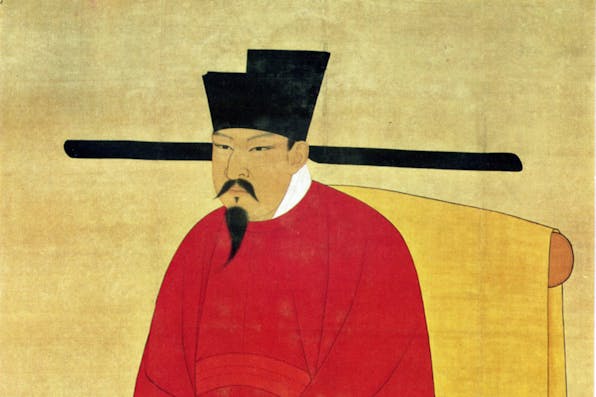
April 6, 2014
The Course of Cultural Genius
Why some cultures rise while others fall, and still others revive—a brief survey.
Charles Murray’s essay, “Does America Still Have What It Takes?,” provides a brief but comprehensive treatment of an issue—the rise and fall of civilizations, cultures, or nations—that has plagued thinkers for many centuries. He mentions the ancient Roman historian Velleius Paterculus (c. 19 B.C.E. – c. 31 C.E.), who speculated on why geniuses in literature and philosophy tended to cluster into periods of intense creativity, only to yield ground quickly with the passage of time. Much later, the Muslim historian Ibn Khaldun, in his Muqaddimah (1377), contributed an important systematic treatment of historical cycles in politics and the arts.
The first genuine attempt to address this phenomenon in a more modern, scientific manner can be credited to the Belgian-Swiss botanist Alphonse de Candolle. In particular, in his Histoire des Sciences et des Savants depuis deux Siècles (1873), Candolle collected objective data on the scientific achievements of various European nations, and from these data attempted to identify the political, religious, cultural, educational, and other forces that promoted or inhibited outstanding scientific contributions. Candolle also offered observations on how the center of scientific activity tended to shift from one nation to another, and even predicted that English—not French or German—would eventually become the primary language of scientific communication.
Not only did that latter forecast prove correct, but it also explains why Candolle’s pioneering work would remain relatively unknown and largely forgotten; to this day, it has never been translated into English. In ignorance, then, subsequent scholars returned to less objective and less quantitative approaches to the question. An example is Alfred Kroeber’s classic Configurations of Culture Growth (1944).



